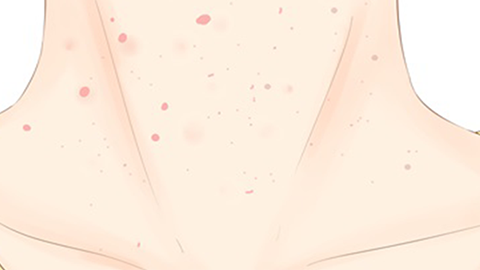Are filiform warts a high-risk HPV?
Generally, filiform warts do not belong to conditions caused by high-risk HPV infections. They are caused by low-risk HPV infections and are distinctly different from high-risk HPV types that may cause cancer in both viral type and degree of harm. Detailed analysis is as follows:

From HPV typing perspective, the viruses causing filiform warts are mostly low-risk subtypes such as HPV 1, 2, 4, etc. These subtypes mainly affect the epidermal layer of the skin, only stimulating abnormal proliferation of skin cells and forming benign filiform skin growths. They do not invade deeper layers of the skin nor cause malignant transformation of cells. The health risks are mainly concentrated on aesthetic impact and localized transmission. In contrast, high-risk HPV types can invade inside cells, interfere with the normal growth cycle of cells, and long-term infection may lead to carcinogenesis.
Daily concerns about health risks associated with filiform warts and high-risk HPV are unnecessary. If filiform warts are detected, they can be removed through freezing, laser therapy, or other methods. At the same time, maintaining personal hygiene, avoiding sharing personal items, reducing the probability of virus transmission to others, and maintaining skin health are all important preventive measures.




